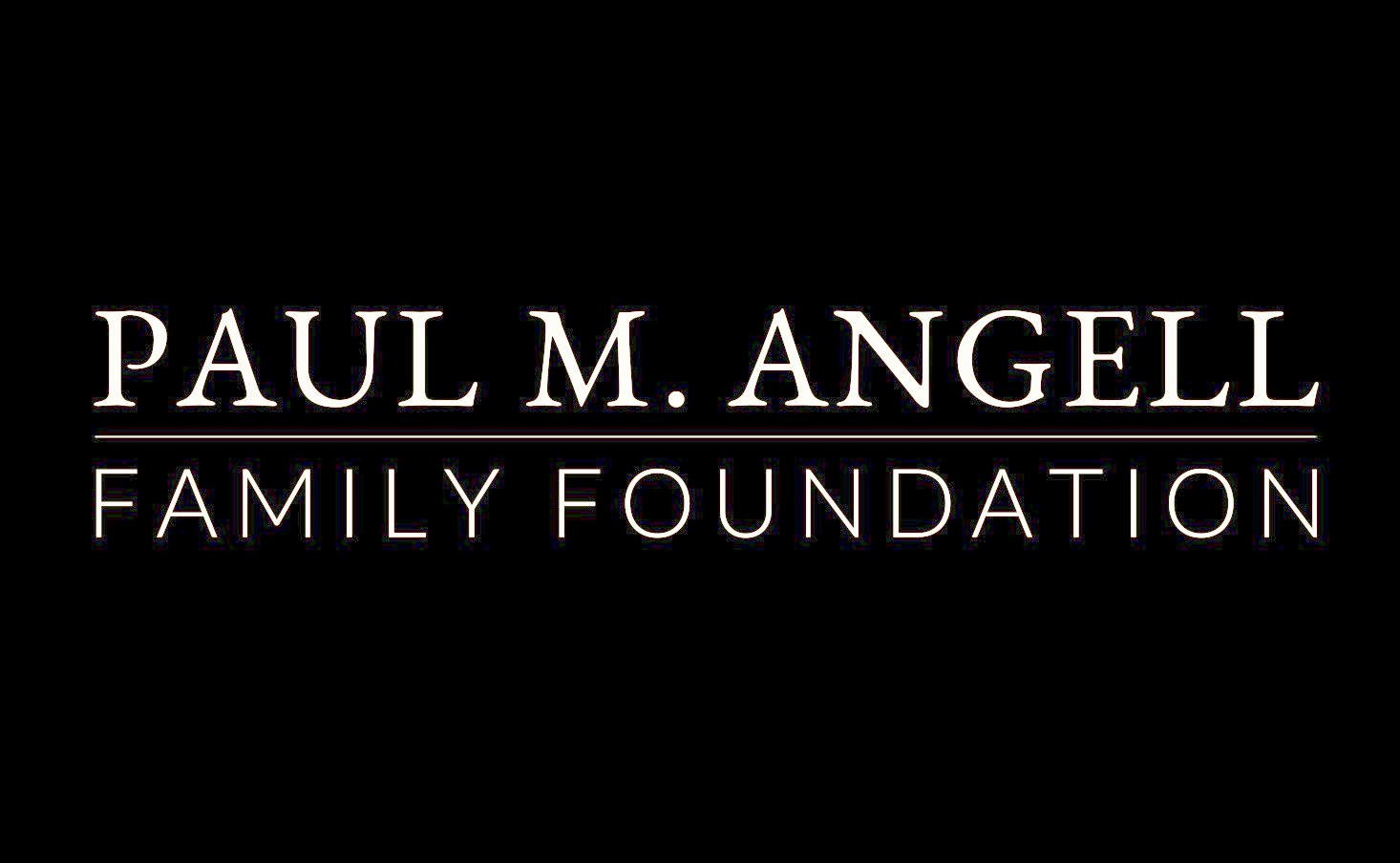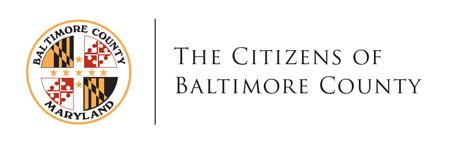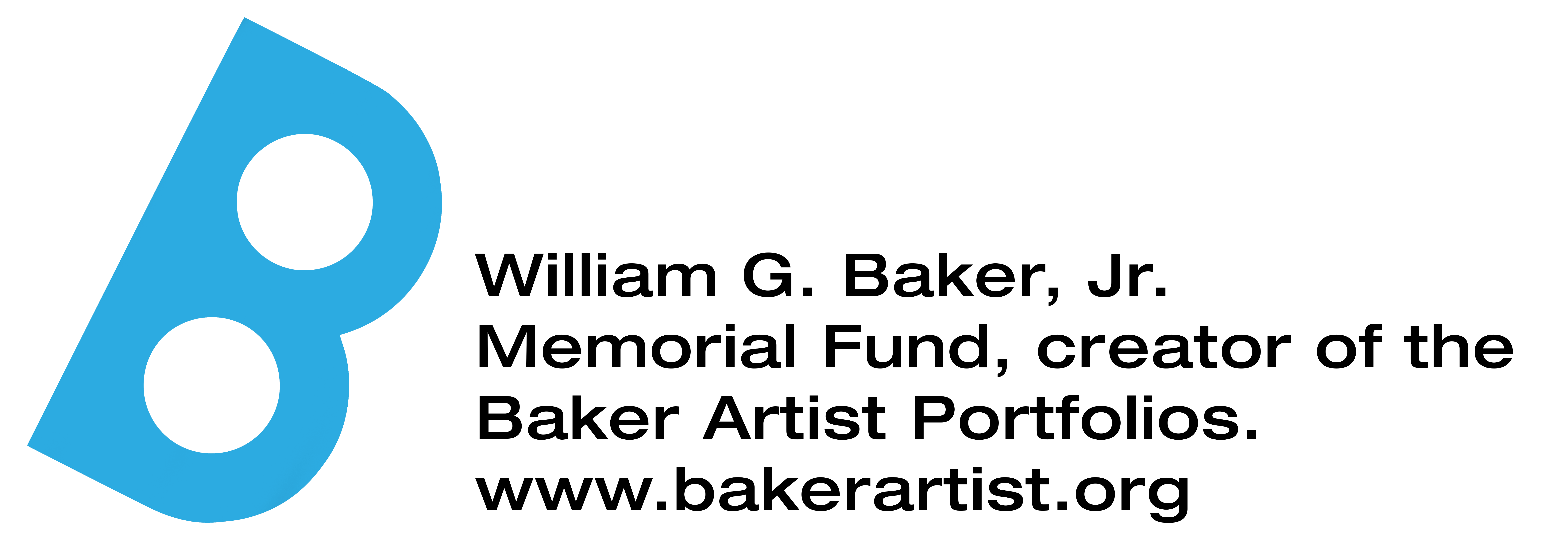Isidore String Quartet
Jeremy Denk, piano
Location: Shriver Hall
With their “polished sonority and well-balanced, tightly synchronized ensemble” (Chicago Classical Review), the young Isidore Quartet has swiftly soared to prominence, winning the 2022 Banff Competition and a 2023 Avery Fisher Career Grant. Now, they present a new work written for them by foremost American composer and Grammy-winning jazz pianist Billy Childs. Jeremy Denk, “a pianist you want to hear no matter what he performs” (The New York Times) joins them for Schumann’s expansive Piano Quintet.
"A focus and command beyond their years…the sweeping coherence and blazing virtuosity of [the Isidore String Quartet's] narrative had the audience leaping to their feet at the end." —Violinist.com
"An unerring sense of the music's dramatic structure and a great actor's intuition for timing, Denk was the provocateur who urged his colleagues to dar all, to unleash every calorie of emotional heat." —Boston Globe
What You'll Hear
About the sponsor
A member of Shriver Hall Concert Series' Board of Directors from 1987 to 2012, Dr. J. Woodford Howard, Jr. is the Thomas P. Stran Professor Emeritus at The Johns Hopkins University where he taught in and chaired the Department of Political Science. At SHCS, Dr. Howard, or "Woody," was for many years Chair of the Music Committee. In his capacity as Chair, Woody used his encyclopedic knowledge of chamber music to help select artists and repertoire. Mrs. Howard has also assumed an active role in volunteering for many SHCS projects. The Howard Family concert, established in 2001 by Woody and Jane, with their daughter and son-in-law, Elaine and Jeffrey Christ, is designated for performances by string quartets.
Barbara and the late David Kornblatt always had a passion for contemporary art and the creative process. From 1975 to 1992, Barbara owned an art gallery that specialized in contemporary American painting, sculpture and works on paper, and she helped numerous artists create and sustain lasting careers. Over 50 years ago, David and a partner founded what would become the Kornblatt Company—a real estate development, brokerage, and management firm culminating in the building and management of Saint Paul Plaza. Passionate concertgoers, Barbara joined SHCS’s Board of Directors in 1998. Her and David's generous contribution establishing this fund in 2014 enabling SHCS to regularly commission and premiere new works. This gift was made in honor of their parents Harry & Rebecca Kornblatt and Isidore & Sarah Rodbell.
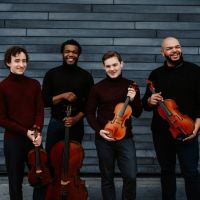
Isidore String Quartet
Adrian Steele, violin
Phoenix Avalon, violin
Devin Moore, viola
Joshua McClendon, cello
Winners of a 2023 Avery Fisher Career Grant, and the 14th Banff International String Quartet Competition in 2022, the New York City-based Isidore String Quartet was formed in 2019 with a vision to revisit, rediscover, and reinvigorate the repertory. The Quartet is heavily influenced by the Juilliard String Quartet and the idea of ‘approaching the established as if it were brand new, and the new as if it were firmly established.’
The Quartet began as an ensemble at the Juilliard School, and has coached with Joel Krosnick, Joseph Lin, Astrid Schween, Laurie Smukler, Joseph Kalichstein, Roger Tapping, Misha Amory, and numerous others.
In North America, the Isidore String Quartet has appeared on major series in Boston, New York, Berkeley, Chicago, Ann Arbor, Pittsburgh, Seattle, Durham, Washington DC, Houston, San Francisco, New Orleans, Cincinnati, Toronto, Montreal, and Vancouver, and has collaborated with several eminent performers including violinist James Ehnes and pianist Jeremy Denk. Its 2025-26 season includes performances in Philadelphia, Cleveland, Calgary, Tulsa, Pasadena, Santa Barbara, New York, Washington’s Library of Congress, plus return engagements in Montreal, Berkeley, Houston, La Jolla, Phoenix, Indianapolis, Baltimore, and Spivey Hall in Georgia. New collaborators include clarinetist Anthony McGill, cellist Sterling Elliott, and the Miró Quartet.
In Europe the ensemble has performed at Amsterdam’s Concertgebouw, and in Bonn (Beethoven Haus), Stuttgart, Cologne, and Dresden, among other cities. During 2025-26 they will make their debuts in Paris (Philharmonie) and London (Wigmore Hall).
Over the past several years, the Quartet has developed a strong connection to the works of composer and pianist Billy Childs, performing his Quartets Nos. 2 and 3 throughout North America and Europe. In February 2026 they premiere a new Childs quartet written expressly for them.
Both on stage and outside the concert hall, the Isidore String Quartet is deeply invested in connecting with youth and elderly populations, and with marginalized communities who otherwise have limited access to high-quality live music performance. They approach music as a “playground” and attempt to break down barriers to encourage collaboration and creativity. The name Isidore recognizes the ensemble’s musical connection to the Juilliard Quartet: one of that group’s early members was legendary violinist Isidore Cohen. Additionally, it acknowledges a shared affection for a certain libation—legend has it a Greek monk named Isidore concocted the first genuine vodka recipe for the Grand Duchy of Moscow!
The group's website is www.isidorestringquartet.com.
“Powerhouse new ensemble. Invigorating. Intoxicating. The new face of outstanding chamber music.” —The Violin Channel
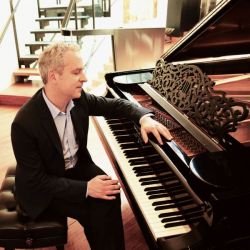
Jeremy Denk
Jeremy Denk is one of America’s foremost pianists, praised by The New York Times as “a pianist you want to hear no matter what he performs.” Renowned for his vivid imagination, depth, and wit, Denk is also a New York Times bestselling author, recipient of a MacArthur “Genius” Fellowship, the Avery Fisher Prize, and a member of the American Academy of Arts and Sciences.
In the 2025-26 season, Denk tours widely across North America with performances in New York, Philadelphia, Cleveland, Los Angeles, Seattle, Berkeley, and Austin, among other cities. In recital he continues to explore works by female composers from the past to the present, as well as the complete Bach Partitas. He also returns to the Orpheus Chamber Orchestra to perform Beethoven’s First Piano Concerto at New York’s 92nd Street Y, and reunites with his long-time collaborator, Joshua Bell, for performances at the Hollywood Bowl and the Ravinia Festival. Further afield, he embarks on a tour of South Korea with violist Richard O’Neill and performs multiple concerts at New Zealand’s Adam Chamber Music Festival New Zealand, including a performance of Schubert’s Die schöne Müllerin with tenor Colin Ainsworth.
Denk has performed frequently at Carnegie Hall, and in recent years he has worked with such orchestras as the Chicago Symphony, Cleveland Orchestra, New York Philharmonic, and San Francisco Symphony. Recent highlights include premiering a new concerto written for him by Anna Clyne, co-commissioned by the Dallas Symphony led by Fabio Luisi, the City of Birmingham Symphony led by Kazuki Yamada, and the New Jersey Symphony led by Markus Stenz. Further highlights include performances of John Adams’s Must the Devil Have All the Good Tunes? with the Cleveland Orchestra, St. Louis Symphony, and Seattle Symphony
Denk is also celebrated for his original and insightful writing on music, which Alex Ross praises for its “arresting sensitivity and wit.” His New York Times bestselling memoir “Every Good Boy Does Fine” was published to universal acclaim by Random House in 2022. He also wrote the libretto for a comic opera presented by Carnegie Hall, Cal Performances, and the Aspen Festival, and his writing has appeared in The New Yorker, New Republic, The Guardian, Süddeutsche Zeitung, and on the front page of the New York Times Book Review.
Denk is known for his interpretations of the music of American visionary Charles Ives, and in celebration of the 150th anniversary of the composer’s birth, Nonesuch Records released a collection of his Ives recordings in 2024. His album of Mozart piano concertos, released in 2021 on Nonesuch Records, was deemed “urgent and essential” by BBC Radio 3. His recording of the Goldberg Variations for Nonesuch Records reached No. 1 on the Billboard Classical Charts, and his recording of Beethoven’s Piano Sonata Op. 111 paired with Ligeti’s Études was named one of the best discs of the year by The New Yorker, NPR, and The Washington Post, while his account of the Beethoven sonata was selected by BBC Radio 3’s Building a Library as the best available version recorded on modern piano.
Denk’s website is jeremydenk.com.
"An unerring sense of the music's dramatic structure and a great actor's intuition for timing, Denk was the provocateur who urged his colleagues to dare all, to unleash every calorie of emotional heat." —Boston Globe
Franz Joseph Haydn (1732-1809)
String Quartet in B-flat major, Op. 76, No. 4, "Sunrise"
View NotesComposed in 1797, Haydn’s six Op. 76 Quartets have long been audience favorites. As the 18th century chronicler Charles Burney observed, the music is “full of invention, fire, good taste and new effects.” Among the “new effects” is the magically luminous opening of the Allegro con spirito that gives the “Sunrise” Quartet its nickname: the first violin traces a limpid arc of melody over quietly sustained chords in the lower voices. As the “sun” surmounts the hazy horizon, a sparkling array of 16th notes breaks out in the treble, gathering brilliance and momentum in its passage down the chain from one instrument to another. Soon the cello turns the first violin’s rising motif on its head and points the way to an elaborate development section that explores darker territory without dimming its essential radiance.
The Adagio opens with two short questioning figures, cadencing first on E-flat major and then on F major. Although E-flat quickly establishes itself as the new home key, the initial ambiguity never disappears, and the rest of the movement is as notable for its tonal elasticity as for its lacy filigree. The vigorous Menuetto, with its chugging triple meter and playfully syncopated Trio section, brings us firmly back down to earth and sets the stage for the rollicking Finale. Haydn uses all the tricks of his trade—chirping grace notes, trills, echo effects, acrobatic leaps, pregnant pauses, and unpredictable twists and turns—to keep the listener continually and delightfully off balance to the very end.
© Harry Haskell, 2025
Billy Childs (b. 1957)
String Quartet No. 4 (Baltimore premiere, SHCS co-commission)
View NotesIn 1957, the year American composer Billy Childs was born, Gunther Schuller coined the term “Third Stream” to describe “a new genre of music located about halfway between jazz and classical music.” Although Childs doesn’t identify himself as a Third Stream composer, much of his music is characterized by a fruitful cross-fertilization of jazz and classical elements. A lifelong resident of Los Angeles, he was immersed from childhood in southern California’s diverse musical culture, powered by its vibrant studio scene. “If you’re [a classical musician] in a studio, you have to be able to play with a drum set, you have to be able to play with a click track,” Childs told Downbeat magazine. “You have to be able to play different genres of music. So, there’s more interaction between the genres. And it makes it easier for someone like me, who’s a composer, to create music that combines genres. There’s no attitude, from either side, about [the music being] too classical or too jazzy. I grew up with that ethos, and I was able to experiment and learn a lot about combining genres.”
As a precocious teenage pianist, Childs fell in love with Paul Hindemith’s Mathis der Maler, a symphonic depiction of the German Renaissance painter Matthias Grünewald, and decided to get a degree in composition from the University of Southern California. By the time he graduated in 1979, he was already playing professionally with the likes of jazz trumpeter Freddie Hubbard and trombonist J. J. Johnson (a notable proponent of the Third Stream movement). As a result, he felt as much of a rapport with Keith Emerson and Herbie Hancock as with Ravel and Stravinsky, a broadmindedness that also came to inform his work as the leader of jazz combos. “I started to look at the jazz ensemble as a kind of chamber ensemble, where piano, bass, drums, and saxophone function kind of in the same spirit as a string quartet might—where everything’s interdependent,” Childs says. Over time, his burgeoning fame as a jazz pianist, composer, and arranger has been counterbalanced by a growing catalogue of symphonies, concertos, sonatas, and other compositions in a more or less classical vein.
Childs’s association with the Isidore String Quartet dates from 2022, when the ensemble took top honors in the Banff International String Quartet Competition with a concert that included the second of his then three quartets. Subtitled “Awakening,” this powerfully emotional work celebrated Childs's wife’s recovery from a pulmonary embolism and reflects the composer’s long-held belief in the therapeutic power of music. Building on that theme, the Isidore String Quartet subsequently adopted the rubric “Awakening” as what violist Devin Moore calls the “throughline” of their recital programs. They began featuring one of Childs’s works between a quartet by Haydn—illustrating “the awakening of the string quartet” in the late 1700s—and a chamber work by Beethoven or another Romantic composer. Centering Childs’s music, Moore explains, creates a “sort of Venn diagram” that highlights the relationships and commonalities among the different pieces on the program. “Billy’s sound world pulls from so many places, both familiar and unfamiliar—whether it’s jazz or classical or neither of these—that no matter what background you come from, there is some tether that brings you in.”
© Harry Haskell, 2025
Robert Schumann (1810-1856)
Piano Quintet in E-flat major, Op. 44
View Notes“I am at the height of my powers and must make use of my youth while it lasts,” Robert Schumann confided to his diary in September 1842. Despite its ups and downs—the composer had begun to complain of worrisome bouts of despondency and depression—his 32nd year had truly been an annus mirabilis in terms of chamber music. A surge of creativity had already produced, in quick succession, the three string quartets of Op. 41. Schumann was deeply immersed in his Op. 44 Piano Quintet, and before the year was out, he would finish both the Piano Quartet, Op. 47, and the Op. 88 Phantasiestücke for piano trio.
Clara Schumann, at once her husband’s most sympathetic listener and his most discerning critic, “overheard” the E-flat-major Quintet in progress and pronounced it “a work filled with energy and freshness.” Posterity has confirmed her judgment, for Op. 44 has been one of Schumann’s most beloved works ever since its premiere at Leipzig’s venerable Gewandhaus on January 8, 1843. Clara was at the piano on that occasion, as she had been in November for a private run-through of the quintet in the Schumanns’ home. “It didn’t yet go the way Robert probably intended,” she reflected after the rehearsal, “but I think it should improve later on.” Among other revisions, Schumann subsequently composed a new and improved middle section for the slow movement and added a second Trio section to the Scherzo
Schumann’s confident mastery and irrepressible energy are apparent from the outset of the quintet. The boldly striding theme of the Allegro brillante, leaping upward by minor sixths, is balanced by a gentler variant. After a short bridge passage, the cello and viola take up yet another version of the theme, reshaping it into a smoothly interlocking melodic arch that rises stepwise with successive repetitions. Schumann’s economy of means is as impressive as his command of thematic transformation: everything that happens henceforth in the Allegro brillante derives from the basic material presented in the first 72 bars.
In similar fashion, the halting, dirge-like theme of the second movement, in plaintive C minor, melds seamlessly into a serene C-major episode of transcendent beauty. The melody reemerges in the agitated middle section, buried in the viola part, as the music modulates from F minor to F major and finally back to C minor. In the breathless Scherzo, the swelling waves of triplets are interrupted by two Trios, the first sweetly lyrical in character, the second strenuous and demonic. The finale reprises the brisk, four-square mood of the beginning. A majestic double fugue, incorporating the first movement’s theme in slower note values, brings Schumann’s evergreen masterpiece to an exhilarating conclusion.
© Harry Haskell, 2025

